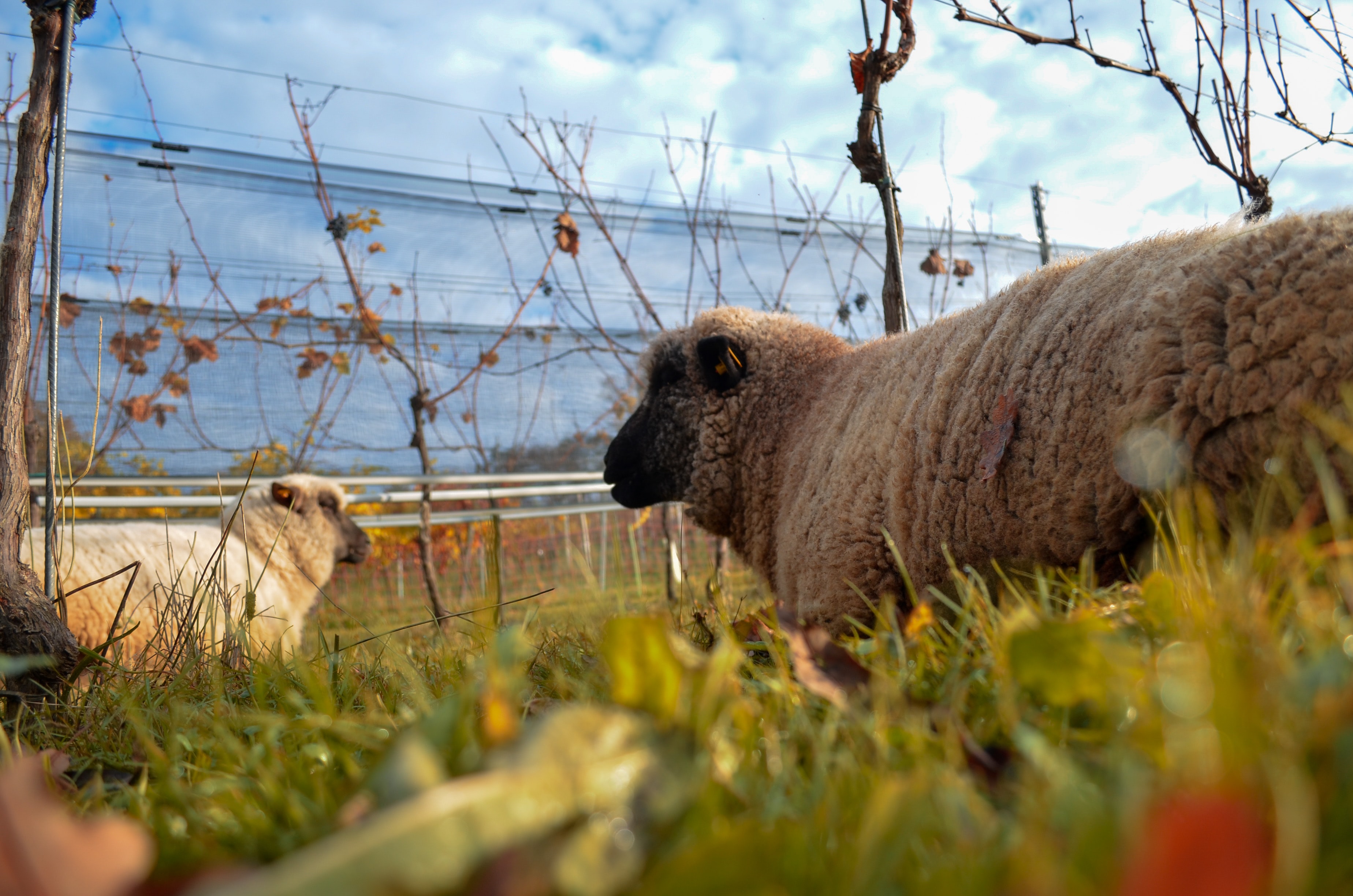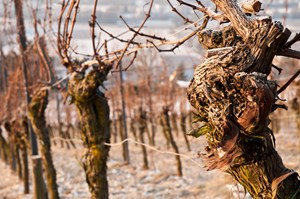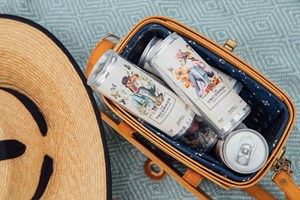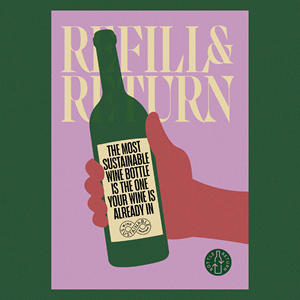For well over a decade, it has been clear that across industries, businesses would live and die by their approach to sustainability, and how they communicate on it. Today, a coherent ESG strategy is, almost universally, considered essential for companies, not only because it’s ‘the right thing to do,’ but also because it is vital for staff retention, building relationships with suppliers and customers and engaging with the end consumer.
In the wine world, while retailers, distributors and large producers are increasingly effective at communicating on purpose from a B2B perspective, we operate in an industry where it is notoriously difficult to deliver effective sustainability messaging to wine drinkers. A product which is so often in itself esoteric, it is perhaps unsurprising that consumers consistently struggle to understand the environmental and societal impact of the wine they’re buying.
There are of course ingrained issues for producers in this area; the industry still needs to unpick the link between heavy bottles and quality in the minds of some consumers, a back label is a pretty limited space to communicate a breadth of environmental initiatives and, most critically, the term that the industry currently leans on the most, ‘sustainable,’ is such a broad, catch-all that it can indicate anything from green-washing, to a producer undertaking committed action throughout their business.
The vagueness of this term has meant that many suppliers and retailers rely on organic and biodynamic certified wines to cater to sustainability minded customers. However, this doesn’t feel like a long-term solution. As consumers become increasingly ESG savvy, a greater number will understand these certifications are no guarantee of a producers commitment to other issues that influence their purchase, such as combating climate change, staff welfare and community action. From a slightly more cynical PR perspective, limiting the use of synthetic herbicides, pesticides and fertilisers also isn’t a story that’s necessarily going to evoke consumers to buy-in to a brand.
Some producers are seeing success with certifications that have a broader scope than organic and biodynamics. French winemakers are hopeful the HVE (Haute Valeur Environnementale) certification may generate the required cut through with the end consumer but it is still difficult to explain and only found on French wines, so unlikely to be meaningful to drinkers outside France. Other businesses are looking at certifications that not only speak to commitments beyond environmental issues but also boast sizeable awareness outside of the wine industry. In 2019, Symington were recognised as a B Corporation, a route which looks to show promise, with many admired brands from steak restaurant Hawksmoor to sparkling water manufacturer Dash certifying with the organisation. With recognition of the B Corp logo now twice as high as it was two years ago according to the non-profit, there is clearly momentum behind the certification. No doubt businesses in the wine trade will be keeping a keen eye on early adopters like Symington.
Use of a recognised certification logo such as organic or B Corp is undeniably an important tool in capturing impulse purchases of consumers seeking a sustainable bottle on shelves, however to drive true brand buy-in, ESG must be foundational to a producer’s messaging. We know that winemakers have an array of opportunities to change how their businesses impacts the environment, the welfare of their workforce and their communities, and effective communication and deeper storytelling around these initiatives is what consumers are engaging with.
Biodiversity is a theme which has proven particularly impactful for producers achieving cut through with their sustainability messaging in recent years, and one that may prove a useful model for broader ESG communication. The introduction of bug hotels, supporting bat populations to fend off grape moths in lieu of pesticides or allowing sheep to graze on vineyard cover crops during winter, are stories that resonate with wine drinkers more than the technicalities of organic winemaking. It also helps that these initiatives tend to present strong photography opportunities, making it far easier to engage with consumers on social media and other digital channels. Identifying similarly evocative initiatives in areas across climate action, employee welfare and community support, and centring them in producers’ brand stories, is vital to align with current consumer trends.
Perhaps the greatest challenge for wine brands is getting these stories in front of consumers. A back label is not sufficient to engage with customers on this level, however advancement in tech - be it QR codes on POS, or augmented reality labels - may provide long term solutions. Fundamentally, sustainability must be a core component of a wine brand’s broader communication strategy, delivering these stories to the end consumer through all PR and marketing channels open to them, be it via social media or at the cellar door.
It is clear that wine drinkers want brands to be meaningfully acting on the issues that they care about. The producers that consistently and coherently communicate on purpose, in a way that is both genuine and resonates with their customer base, will have a sizeable advantage over competitors who are slower to act.








